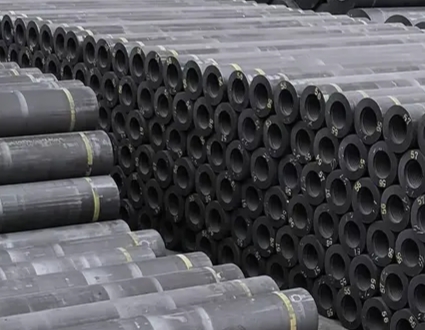
Graphite Electrode Purchase is a complex task that involves weighing your options against your needs. The overall price of these electrodes is influenced by a number of factors, such as raw material costs. Production capacity, market demand. Energy costs. Competition. The cost of these electrodes also varies depending on the type that you are purchasing. High-power, ultra-high-power, and ordinary electrodes tend to be more expensive.
The global graphite electrode market has seen strong growth in recent years. This growth is due to a variety of factors, such as the increasing use of electric vehicles (EVs) in construction and the demand for steel. Increased capacity for electric-arc furnaces is also helping to drive demand for these items, as EAFs offer an environmentally-friendly option to blast furnaces. The graphite electrodes market size is expected to grow further in the future, with the demand for these products increasing at a healthy CAGR of 8.2% over the forecast period.

Companies in this industry adopt different strategies in order to improve their competitiveness on the market. For instance, many producers are acquiring competing companies and expanding their production capacities to increase their market share. They are also focusing on establishing strategic partnerships and investing in R&D activities to develop new products. Some of the major players on the market are Resonac Holdings Corporation (IBIDEN co. Ltd), Tokai Carbon Co. Ltd (GrafTech International Holdings Inc.), Mersen SA (Mersen SA), Nantong Yangzi Carbon Co. Ltd., Coidan Graphite Products Ltd., Dan Carbon, Ukrainskiy Grafit and Kaifeng Pingmei New Carbon Materials Technology Co. Ltd.
Graphite is made by using coal tar and petroleum coke pitch as a binding agent. The raw materials are processed by calcining and compounding them, then pressing, kneading and grafitizing the product. The manufacturing process is a complex one that requires a lot energy.
The graphite electrodes market is characterized a high level of competition between manufacturers and a broad range of product offerings. The market's pricing is highly volatile. Prices can rise or fall depending on many factors. Prices can rise, for example, when sectors such a battery production and steel manufacturing increase output and demand more electrodes. Prices can also fall if the sectors slow down.
Geopolitical factors, as well as trade policies between countries, can also influence pricing. These concerns can result in rising manufacturing costs that suppliers then pass onto customers. They can also lead to supply chain problems, such as congestion and delays in ports, which can impact shipping routes and increase costs for end users. Restrictive environmental laws or other industry-specific requirements may increase manufacturing costs that suppliers then pass on to customers. All of these factors are responsible for the volatility in graphite electrodes' pricing.

Write a Message